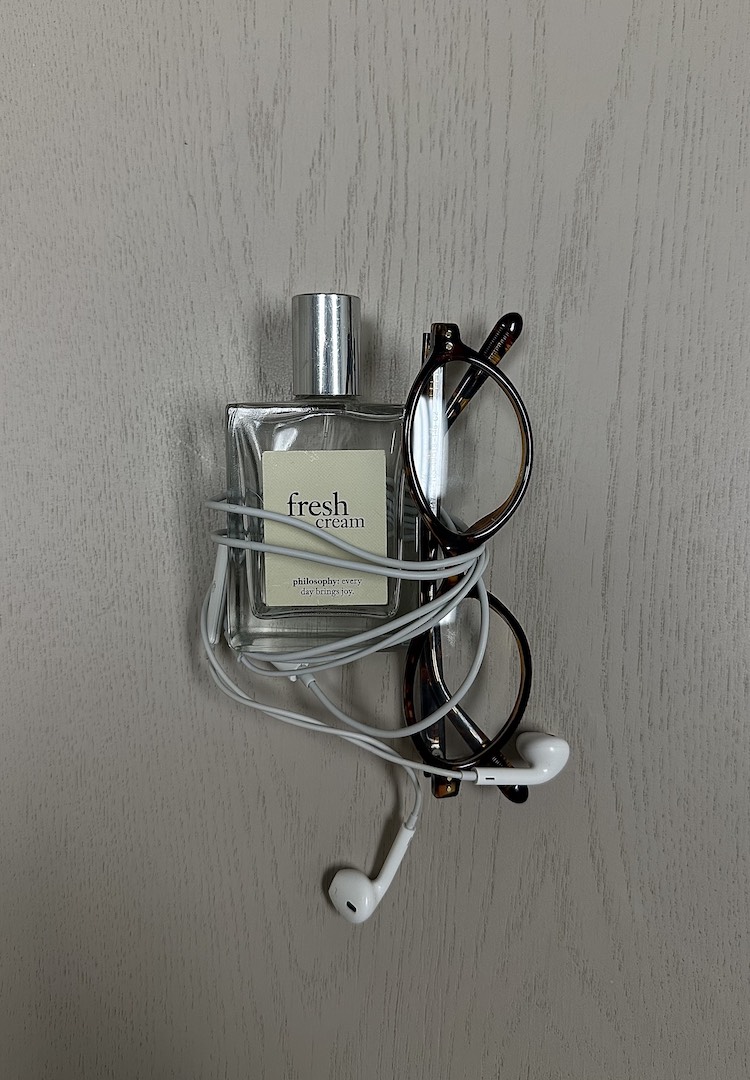How to say no at work, from a reformed people pleaser
PHOTOGRAPHY BY ELLA MAXIMILLION
WORDS BY MOLLY KEOGH
“Every time you say yes to something, you’re ultimately saying no to something else.”
To me, ‘N’ and ‘O’ are the most intimidating letters in the alphabet. Particularly when it comes to saying them to the person responsible for my paycheque every fortnight.
I’ve had countless moments in my life where, standing in front of bosses, I turn bright red and blurt out ‘yes’ to any and all requests, almost as if an opportunity to work overtime was the best thing that ever happened to me. How can one small word be so daunting?
Growing up, I was taught that saying ‘yes’ was good and ‘no’ was the wrong answer. As I’ve gotten older, with more responsibilities, deadlines and social obligations on my plate, I’m wondering if these two letters could help protect me from feeling burnt out. I hear other people say ‘no’ all the time, almost as if they aren’t worried about coming across as difficult.
To get more comfortable saying no, I spoke with Lara Nercessian, an executive career coach who helps women navigate the professional world for a living. Below, Lara shares why we all need a ‘not to-do’ list and offers some practical phrases that people-pleasers like myself can use instead.
Why do I find it difficult to say no at work?
Many individuals, particularly women who identify as people-pleasers, find it difficult to say no in the workplace. In most cases, people-pleasing behaviour strongly correlates with conditioning that is established in early childhood. A young girl who is rewarded for being the ‘good girl’ learns that she will have her needs met when she conforms and meets the expectations of her caregiver. She also learns that to avoid negative reactions, appeasing others will keep her safe.
While this strategy usually works brilliantly for children, it’s often a pattern that continues well into adulthood. It particularly shows up in the workplace, when women who want to excel in their careers find it difficult to say no in fear of negative outcomes.
Can you give us an example of when saying no at work is needed?
It is imperative to understand what your personal boundaries are at work. When you become clear on who you are and what you stand for, you become less likely to say yes to requests that aren’t aligned with your values.
While there may be requests above and beyond the usual expectations of a role, sometimes saying no at work is needed. For example, when one-off requests become the norm, when you are asked to stay back for a non-urgent meeting, or when there are unreasonable demands and additionals on your role, without any prior consultation.
With the new Right to Disconnect law recently introduced in Australia, employees no longer have an obligation to respond to work-related emails and communication outside their typical working hours, however, there are some factors that must be considered depending on your contract.
What could we say instead of no?
One example could be, “Thank you for reaching out, I’m flattered that you would consider me for this project/task/event etc. I would normally love to be involved, but I am currently focused on project X which takes my full time and attention. I would be happy to refer you to someone else who is an expert in this area and may be able to assist?”
Another could be, “Thank you so much for reaching out with this request. I do have a hard stop at 5pm today as I need to pick up my children/attend to some personal commitments etc., however, I would be happy to schedule some time with you tomorrow at 11am. How does that sound?”
Learning to respond in this way shows kindness and respect towards the other person, but still communicates your personal boundaries in a clear and respectful manner.
When is it beneficial to say yes, instead of no?
Every time you say yes to something, you are ultimately saying no to something else. Ask yourself the following questions to determine whether it’s beneficial to say yes:
- Will this opportunity present itself to me again sometime in the future?
- Is this invitation/request in line with who I am and my personal values?
- Does this invitation/request support me in achieving my personal and professional goals?
- When I consider this opportunity, does it light me up? Or am I simply saying yes out of obligation?
- What is the cost of me saying yes to this? What am I personally sacrificing to accommodate this request?
What practical tips would you give someone who wants to develop better boundary-setting skills?
Create a not to-do list. This helps to establish clarity on the specific requests you will no longer say yes to. Take time to review your calendar and camera roll over the past six months. What were the requests you said yes to that created negative emotions, added little value or left you feeling resentful? Write these down and create a not to-do list.
Establish personal boundaries. Once you become clear on your boundaries, it will become easier to communicate them. Reviewing your not to-do list, it may become apparent that you no longer want to be available for meetings past 5pm or for unpaid speaking opportunities. When you take the time to establish personal boundaries upfront, you won’t have to exert energy deliberating on whether you should accept each new request or not.
Prepare written scripts. Scripts are a powerful tool for learning to say no in a graceful manner. Refer back to your not to-do list and personal boundaries and draft scripts you can use for different occasions.
How can saying no positively impact someone’s career in the long run?
There may be a season in our careers when saying yes to offers and requests can be highly beneficial. However, once you have established your professional reputation and personal standards, maintaining firm boundaries can ultimately result in greater respect and support in being promoted. Saying no can also help maintain your overall health and well-being, resulting in longevity and long-term success within your career.
Read more about creating boundaries at work here.
Looking to step up to a career in fashion? Each week we send a wrap of industry jobs straight to your inbox. Enter your details below and we’ll keep you in the loop, or browse current openings here.













